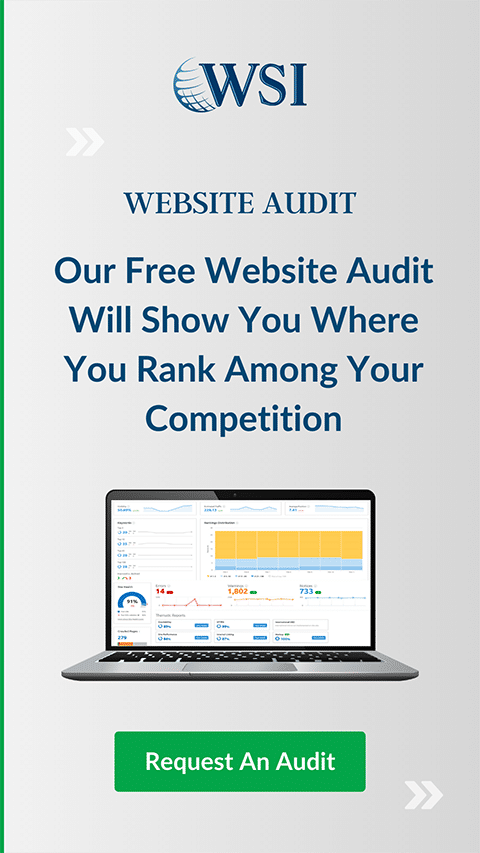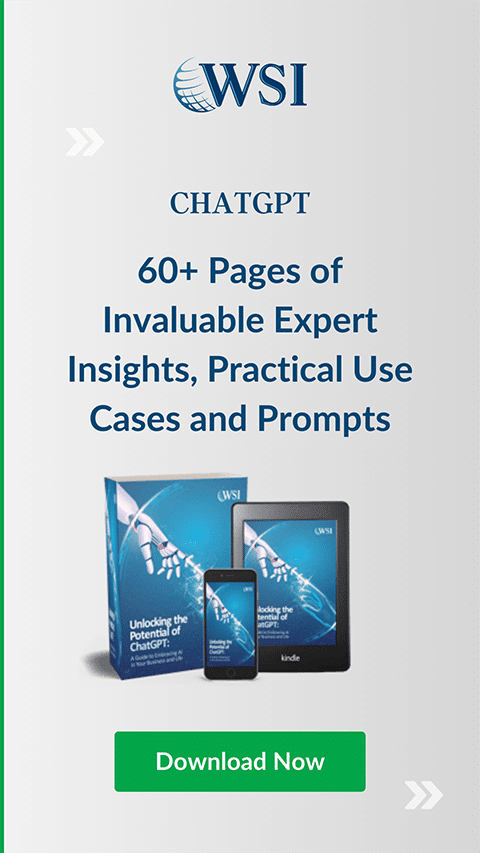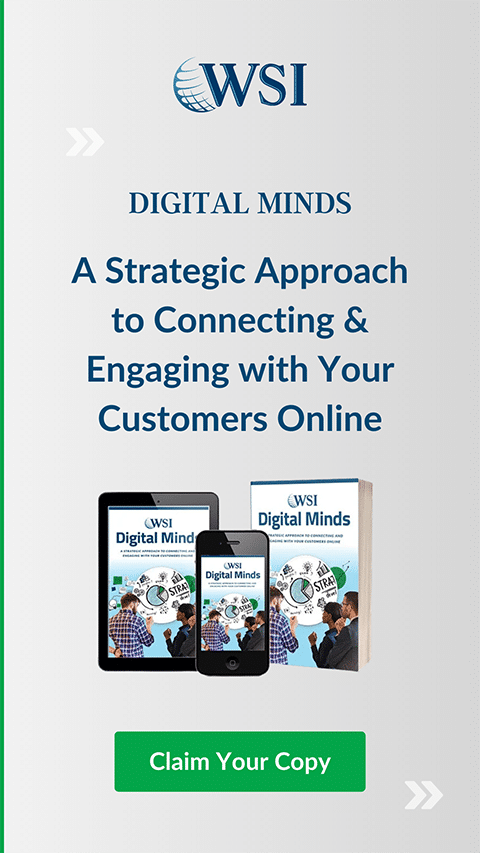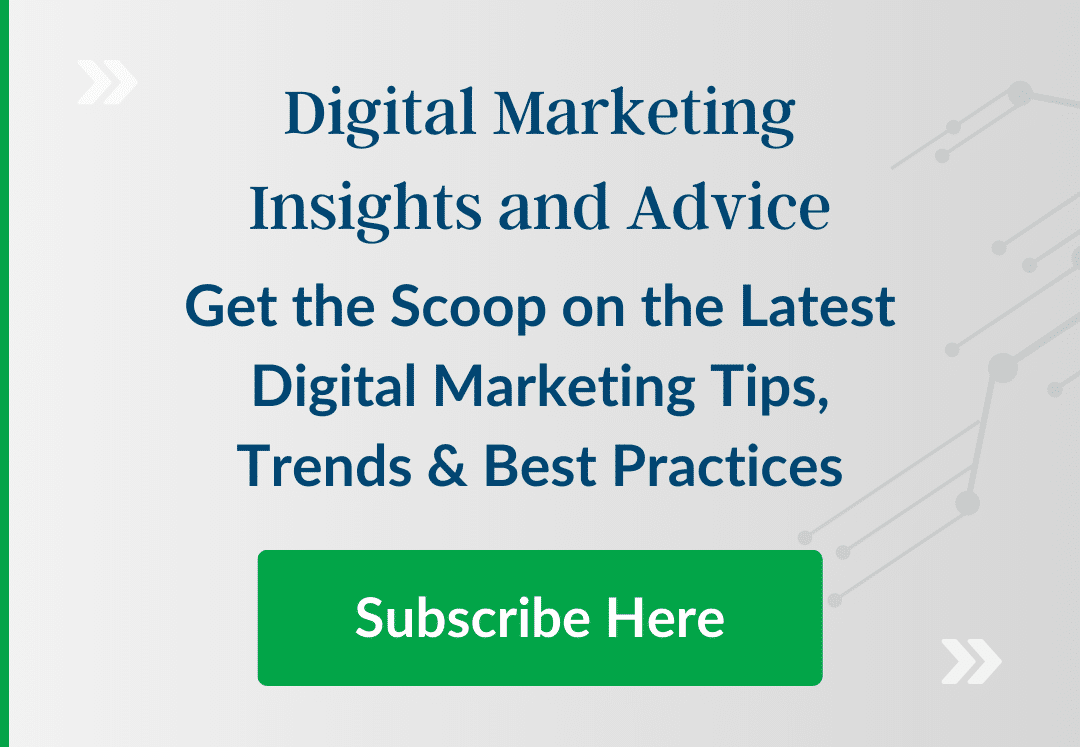The Evolution of PPC Advertising: From Simple Text Ads to Complex Campaigns
Jun 5, 2024 | 7 MINUTES TO READ
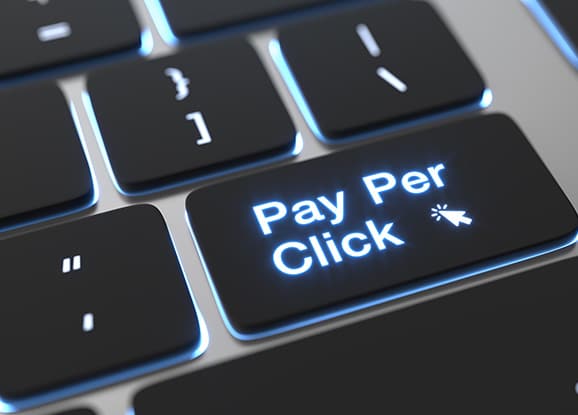
Summary: PPC advertising has evolved from simple text ads in the late 1990s to a sophisticated, AI-driven, and highly targeted marketing strategy that integrates with broader digital marketing efforts across multiple platforms.
Pay-Per-Click (PPC) advertising, a key component of digital marketing, operates under a seemingly straightforward principle: advertisers pay a fee each time one of their ads is clicked. For decades, PPC advertising has allowed advertisers to run targeted ads with well-controlled budgets and enabled them to achieve a more positive return on investment.
Understanding the evolution of PPC is crucial for appreciating the complexities and innovations that now characterize this dynamic field. This article explores how PPC advertising has transformed from its simple beginnings into the sophisticated and strategic approach we see today.
The Early Days of PPC Advertising
The inception of PPC in the late 1990s marked a revolutionary moment for digital advertising. GoTo.com, later known as Overture, introduced the first PPC ad model, fundamentally changing how visibility in search engine results could be achieved. This was a game-changer for how companies could target people who were in the market for their products or services.
Initially, PPC was simple: text-only ads, basic bidding systems, and limited targeting options. Early adopters faced numerous challenges, from unrefined targeting to fluctuating costs, setting the stage for the evolution of more sophisticated systems.
The Rise of Google AdWords
Google’s entry into the PPC market in 2000 with AdWords (now known as Google Ads) was another game-changer. It introduced the Quality Score, a metric that revolutionized ad relevance and user experience. This transition from straightforward bidding to a more complex auction-based system allowed for significant expansions in ad formats, extending beyond text to include display ads and rich media, enhancing both reach and engagement.
From 2000 to date, Google Ads has kept on innovating and getting more advanced, not only with the way its ads appear in the search engine results but also how they appear there and in other places across the Google network.
Expansion to Other Platforms
As PPC gained traction, other major platforms began to adopt and adapt these advertising strategies. Microsoft launched Bing Ads, contributing further to the landscape of search engine marketing. Social media giants like Facebook, LinkedIn, and Twitter also embraced PPC, integrating unique targeting capabilities that leveraged extensive user data and behaviours, from demographics to interests.
Advancements in Targeting and Segmentation
The evolution of targeting and audience segmentation represents one of the most significant advancements in PPC. Advertisers now employ strategies ranging from demographic and geographic targeting to sophisticated behavioural cues. Techniques such as retargeting and remarketing have become fundamental, enabling advertisers to re-engage users. The integration of data analytics and machine learning has further refined these approaches, enhancing ad relevance and efficacy.
Innovations in Ad Formats and Creativity
The diversification of ad formats has paralleled advancements in targeting. The evolution from static text ads to dynamic, responsive, and interactive formats has been significant. Modern PPC campaigns frequently utilize video ads, shopping ads, and carousel ads, which demand high levels of creativity and an acute understanding of audience engagement. These changes underscore the importance of innovative visual elements and compelling ad copy.
Integration with Other Marketing Channels
PPC advertising has become increasingly integrated with broader digital marketing strategies. There is a growing synergy between PPC and search engine optimization (SEO), enriching the overall approach to search engine marketing. PPC also plays a crucial role in multichannel campaigns that span email marketing, content marketing, and social media, emphasizing the need for a cohesive brand message across all platforms.
Challenges and Ethical Considerations
Despite its success, PPC advertising faces ongoing challenges and ethical considerations. Issues such as ad fraud and click fraud pose significant risks, while aggressive targeting raises concerns about user privacy and data protection. Advertisers must balance ambition with ethical responsibility, ensuring that their practices do not mislead or manipulate users.
The Current State of PPC Advertising
Today, PPC advertising is a highly sophisticated and integral component of digital marketing strategies worldwide. It has matured far beyond its origins, embodying a blend of technology, creativity, and strategic planning. Here, we delve deeper into the present landscape of PPC, highlighting its advancements and ongoing innovations that continue to shape the field.
Sophistication in Targeting Techniques
One of the most notable advancements in PPC advertising is the level of granularity achievable in targeting. Advertisers can now segment audiences based not only on demographics and geographic locations but also on psychographics and behavioural data. This data-driven approach allows for the crafting of personalized ad experiences that resonate on a deeper level with potential customers. Platforms have also enhanced their capabilities to track user journeys across devices, enabling a more cohesive targeting strategy that accommodates today’s multi-device world.
Integration of Artificial Intelligence
Artificial intelligence (AI) has become a cornerstone in optimizing PPC campaigns. AI technologies enable real-time bidding (RTB) adjustments and predictive analytics, which help in maximizing the return on investment (ROI). These systems analyze vast amounts of data to predict which ads are likely to perform best, adjusting bids automatically based on the likelihood of conversion. Moreover, AI contributes to creative testing, offering insights into which elements of an ad are performing well.
Diversification and Personalization of Ad Formats
As digital environments evolve, so do the formats through which advertisements can be delivered. PPC now encompasses not only traditional search ads but also formats like responsive ads, video ads, and interactive ads. These formats cater to the content consumption preferences of different audiences. For instance, video ads on platforms like YouTube and Instagram cater to users who prefer visual and auditory content over text. Additionally, interactive ads invite user engagement, increasing the chances of a user interacting with the advertisement, thereby enhancing engagement rates.
Emphasis on Cross-Channel Marketing
PPC does not operate in isolation. It is increasingly viewed in the context of broader marketing campaigns that span multiple channels. For example, a user might see a PPC ad on Google and later receive a targeted email based on their interaction with that ad. This synergy extends to integrating PPC with organic search strategies, social media marketing, and even offline advertising campaigns, providing a comprehensive approach to capture and engage potential customers wherever they are.
Regulatory Challenges
As PPC grows more capable and powerful, it also faces increased scrutiny regarding privacy and ethical concerns. Advertisers must navigate complex landscapes of data privacy laws, such as GDPR in Europe and CCPA in California, which dictate how data can be collected and used. There is also a greater onus on advertisers to engage in ethical advertising, avoiding practices that could be considered invasive or misleading.
Role of Data and Analytics
The current state of PPC is heavily reliant on data and analytics. The ability to track, measure, and analyze every aspect of a PPC campaign allows marketers to understand precisely what is working and what isn’t. This capability leads to continuously optimized campaigns that are more efficient and effective over time. Advanced analytics platforms provide insights not just into clicks and conversions but also into the customer lifetime value and attribution across different channels and touchpoints.
Looking Ahead
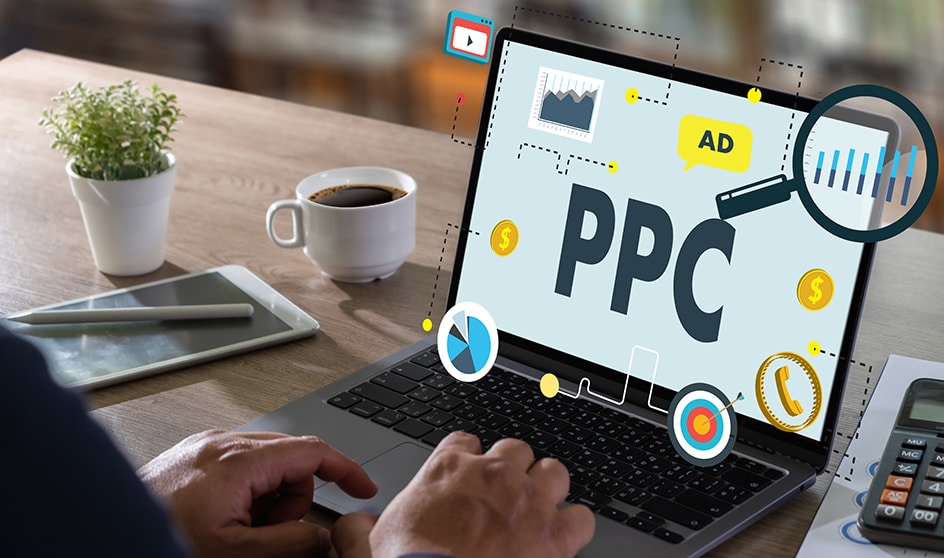
The landscape of PPC advertising continues to evolve rapidly, driven by technological advances and changing consumer behaviours. Marketers and businesses must stay agile, ready to adopt new technologies and strategies that enhance the precision and effectiveness of their campaigns. As PPC continues to integrate more deeply with other marketing channels and technologies, its role in digital marketing is set to become more central and impactful, promising exciting opportunities for innovation and growth.
Are you looking to get started with PPC or take your PPC campaigns to the next level? Get in touch with us.
Don't stop the learning now!
Here are some other blog posts you may be interested in.
VIEW ALL BLOG POSTS-
Benefits of Hiring a PPC Agency for Your Small Business
PPC advertising is a key component of any well-designed digital marketing strategy, but using it successfully is far …
READ MORE -
2023 Best Practices for eCommerce PPC Management in Toronto
PPC advertising is one of the most lucrative marketing …
READ MORE -
The Evolution of PPC Advertising: From Simple Text Ads to Complex Campaigns
Pay-Per-Click (PPC) advertising, a key component of digital marketing, operates under a seemingly …
READ MORE



